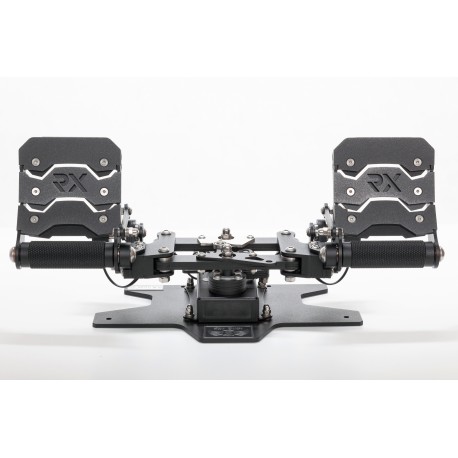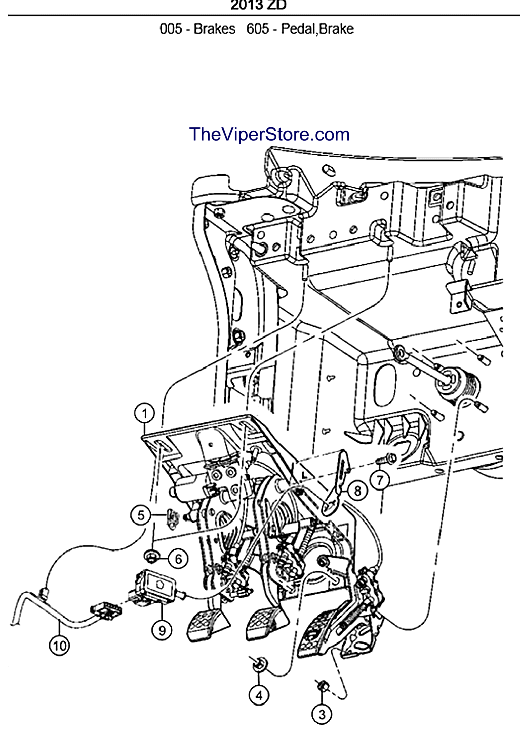

Although it may seem complex at first, this is a skill that anyone willing to research can learn. One thing to note is that to build your DIY pedal from scratch you will need a good understanding of circuit design. An audio enthusiast takes matters into his own hands and creates the tone that he wants to hear from his guitar. You should take encouragement from the fact that many of the most iconic guitar pedals were created using this method. This requires a lot of patience, and many hours of reading and watching tutorial videos online. If you feel ready to construct a DIY pedal on your own, you’ll need to begin with a prototype board, and continue to adjust your circuit design until you reach the desired results you’re looking for. Build your way up to this method by undertaking some of the easier ones a suggest previously. I wouldn’t recommend jumping straight to this step if you have limited experience. Later on in this article, I will give an overview of some of our favorite DIY guitar pedal kits.ĭesigning a guitar pedal completely from scratch requires an advanced skill level and a good deal of prior knowledge. After building a pedal using his method, you will have gained a good understanding of the various steps involved, which you can use for more complex builds in the future. They include all of the necessary components and provide you with clear instructions. Guitar pedal kits simplify the process dramatically. This is the perfect introduction to creating your effects, because it provides you with the room to be individual, while still sticking to a blueprint for guidance. We cover several great options for DIY pedal kits above in this article. Continue reading below in the next section as I cover some great ways to modify your existing pedals. The only skills you’ll need are the ability to follow instructions and to do some basic soldering.
#Glass viper foot pedal not working vst upgrade
You can replace certain components, upgrade circuitry, and increase the number of features.
#Glass viper foot pedal not working vst how to
There are plenty of modification guides online, which explain how to adjust popular effects pedals. Still, the process you will go through and the skills you will take away are similar to the process that you will follow when building a pedal from scratch. This doesn’t require you to build your pedal from scratch, and therefore there is typically a smaller work scope and learning curve placed upon you. Sometimes the best entry into the DIY pedal building is modifying your existing effects.

In the list below you can find all of the various ways to build guitar pedals. There are different entry points that you can take depending on your knowledge level and eagerness to tinker. Of course, it helps if you have some prior knowledge, especially a fundamental understanding of electronics. You don’t need to have any previous experience to build your DIY pedals. The Different Levels for Building Your Own Guitar Pedals In this article, I’ll cover all the things I wish I knew when I got started. Over the years, I have modified a number of pedals and have tested many DIY pedal kits. When it comes to taking on a DIY guitar pedal project there are different approaches to consider. But where’s the fun in that? Although the task of making DIY pedals may seem insurmountable at first, I can assure you that anyone can do it, providing you are willing to put in some time and learn the fundamentals of the craft. Of course, the easy option would be to simply buy a pedal from a trusted manufacturer.

DIY guitar pedals provide you with a perfect way to learn about the manufacturing of effects, and to create unique, individual tones. One of the most rewarding things you can do as a musician is building your equipment.


 0 kommentar(er)
0 kommentar(er)
